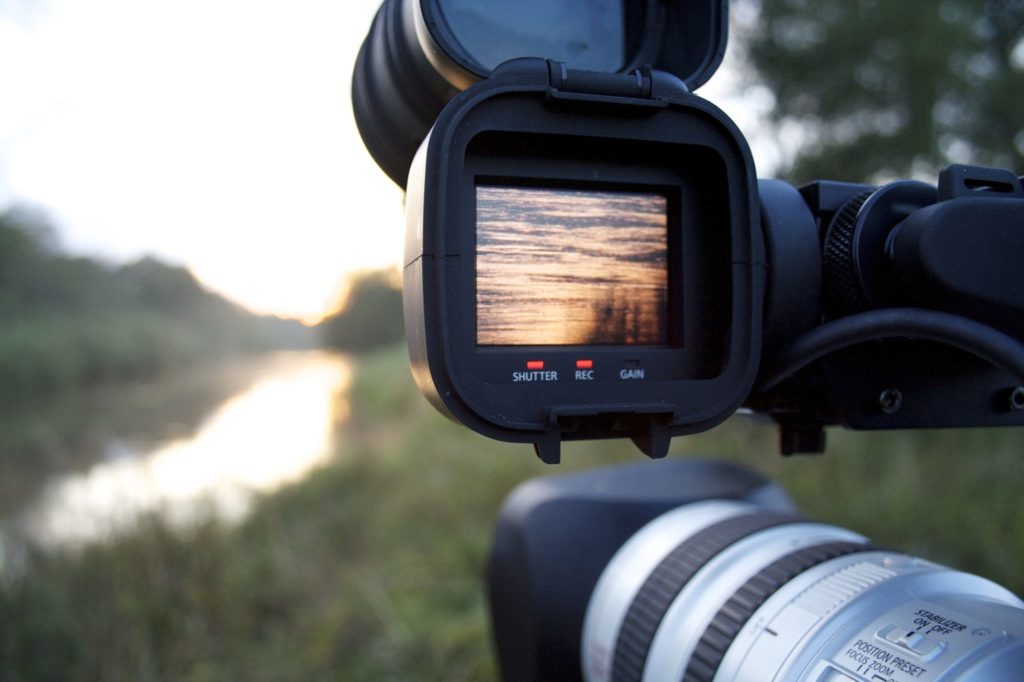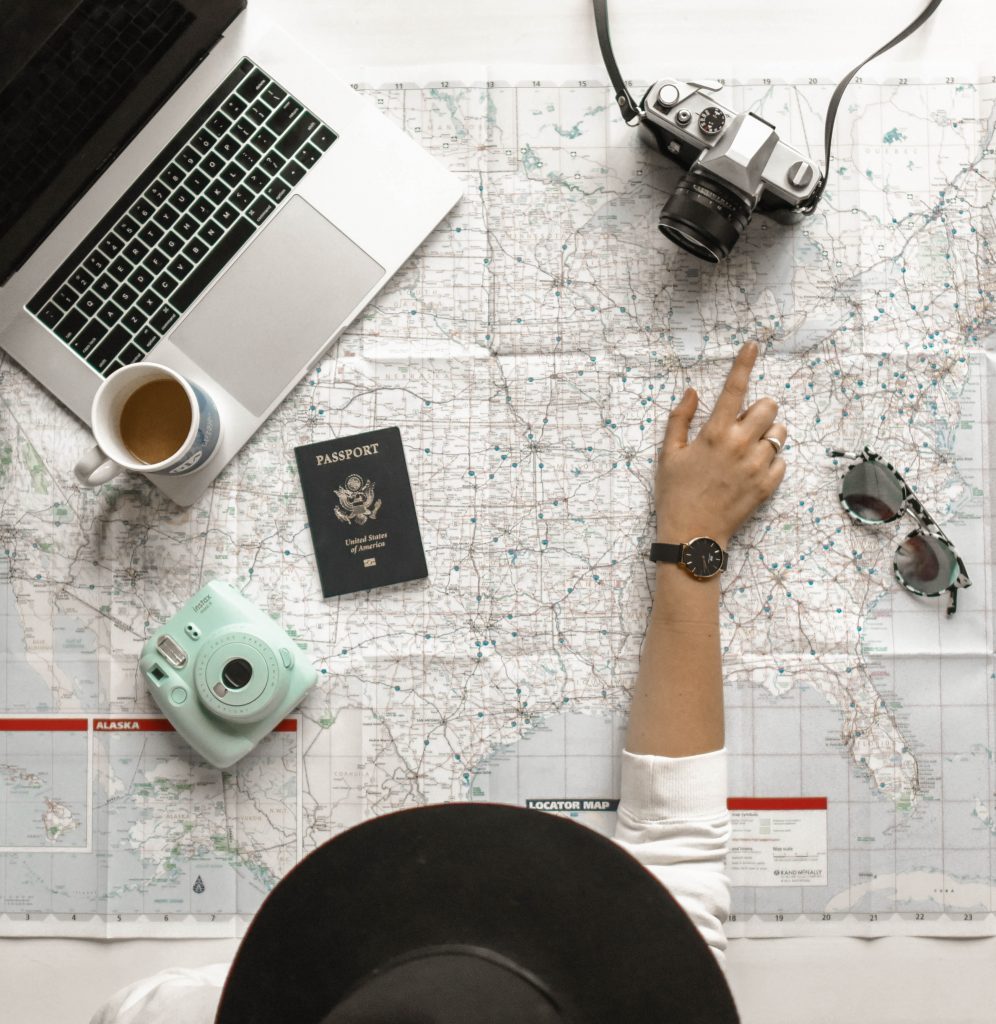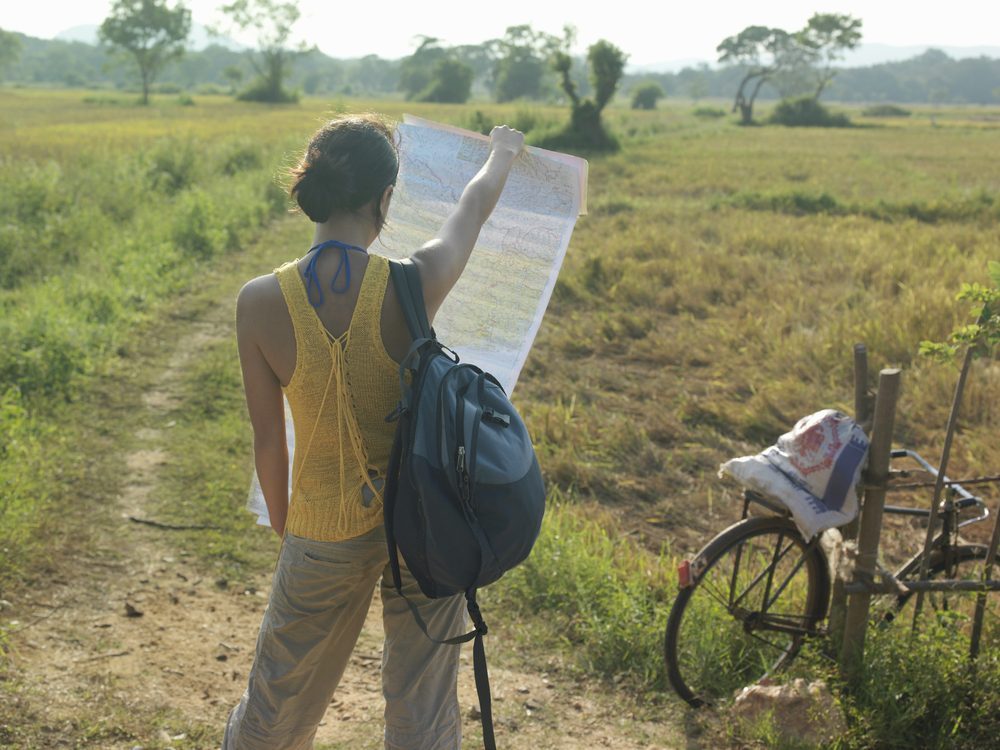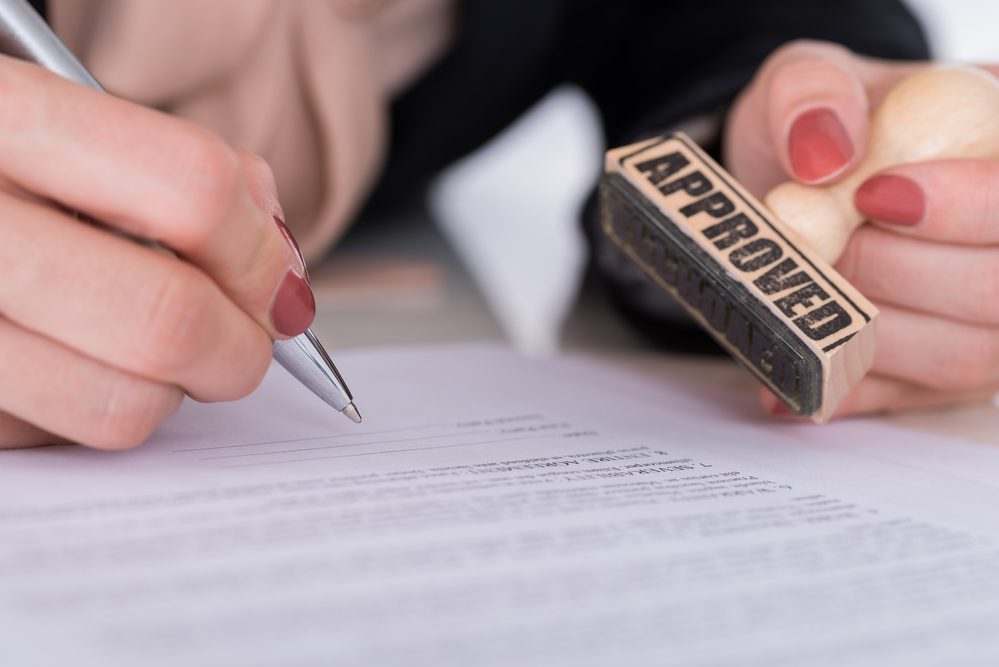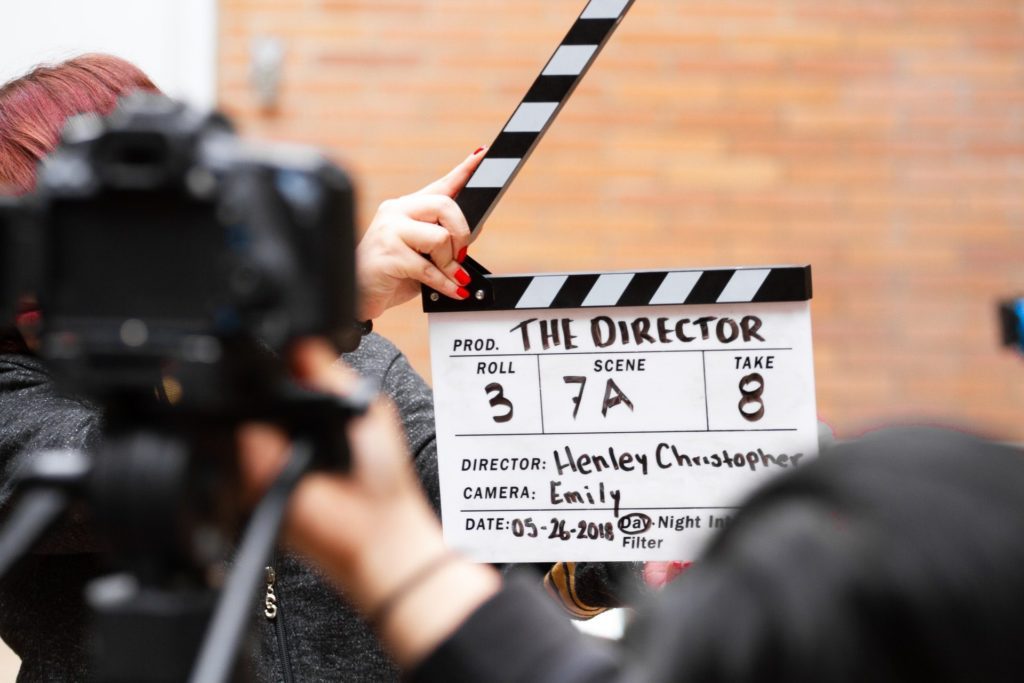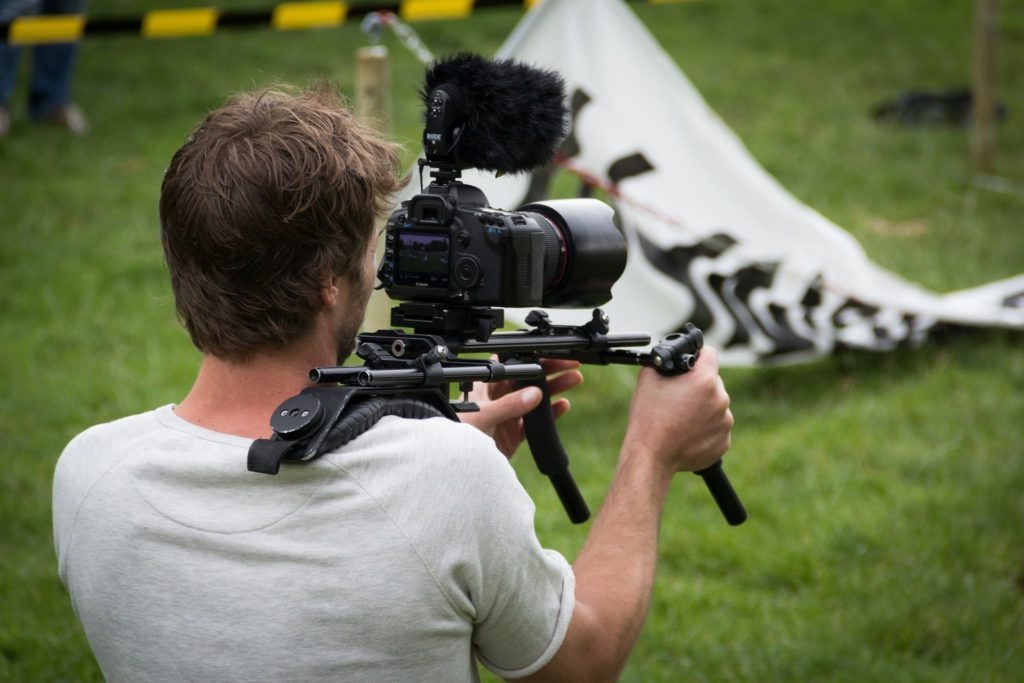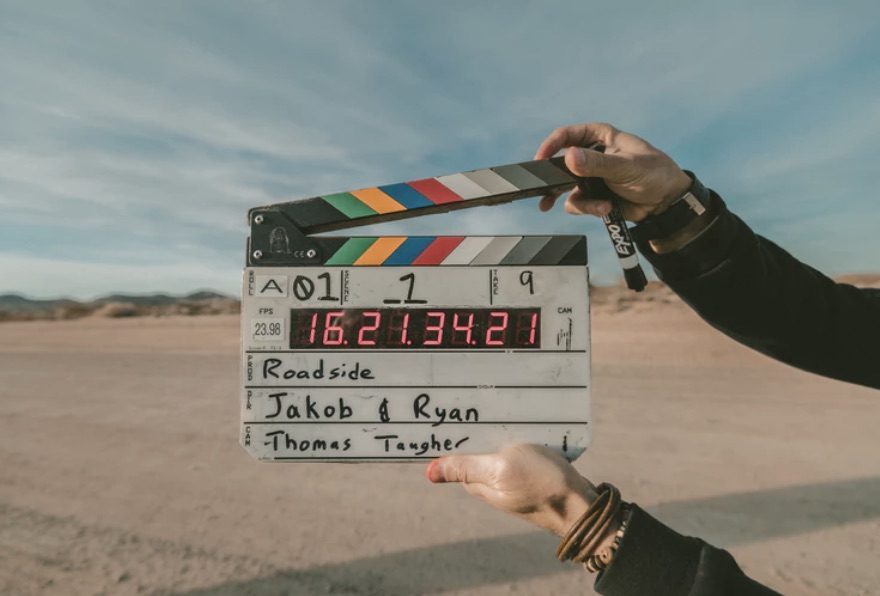3 Essential Elements of Pre-Production You Don’t Want to Overlook (When Producing a Film or Video)
Wouldn’t life be so easy if you just pointed your camera at a scene and pressed record? Ha, we can only dream. Producing a film would be child’s play if there weren’t so many different elements that went into it.
With multiple phases of film production to account for, producing a film can feel like a never ending line of hoops that need to be jumped through. And then what happens if you realise you’ve forgotten an essential element or a key stage? It can be a costly mistake to make, not to mention potential legal ramifications.
In the filmmaking process, pre-production is essential as without it guiding your planning, your entire production is likely to go over time, budget and in post-production you could find yourself missing important content. You could say that the entire production process relies on pre-production. So making sure you nail your pre-production, whether that’s with storyboarding, location scouting, getting permissions or nailing down your budget, every step is crucial to ensuring success.
Which is why we’ve put together this list of 3 essential pre-production elements you don’t want to overlook when making a film or video to ensure nothing slips through your net.
So, without further ado…
What is pre-production
Pre-production is where your film begins its life. Pre-production is the place where all video productions start, whether you’re making a feature film, a TV programme, a documentary, a commercial for an airline, your corporate video, a music video for Little Mix, it doesn’t matter. The point is, you can’t jump into your film production with both feet if you haven’t laid the foundations.
And the foundations can be complex.
Pre-production is considered to be the most important stage of all video production because it incorporates all the aspects of your film that need planning for.
- Finding the right crew
- Prop, special effects and wardrobe preparation
- Finalise your budget
- Selecting your filming equipment
- Obtaining all permits and permissions and insurances
- Scheduling production
- Constructing the set
- Location scouting
- Locking in the final shooting script – including storyboarding and shot lists
Every film project is inherently unique and so you can’t just adopt the same pre-production process that you applied to your previous film production to the current one. Unfortunately there is no one size fits all when it comes to what you need to do during pre-production. Which is why we have put together this list of 3 essential elements you don’t want to overlook in pre-production.
Some elements might not apply to you, but if you are aware of everything you could possibly ever need, all in one place, well, won’t that make life easier and the pre-production process run more smoothly?
There are so many different aspects to pre-production and lots of moving parts all requiring time, care, consideration and money, not to mention precise coordination to ensure everything comes together, when it should, guaranteeing the rest of your film production goes according to plan.
You have options for ensuring pre-production goes without a hitch – you can hire professionals such as NEEDaFIXER, who are a community of experienced professionals who can assist you with every part of the pre-production process, or you can go it alone, in which case, make sure you don’t miss these 3 essential elements.
1. Location Scouting
Location scouting should never be underestimated to the importance of your video. Finding the right locations to shoot in is one of the most critical elements of pre-production. If you don’t know where you’re going to be shooting your video, how will you know what practical decisions need to be made i.e. what camera equipment you will need, or what the final aesthetic of the film will be like?
Doing your homework beforehand and scouting the perfect locations for your video shoot will be the difference between a smooth running shoot and a production nightmare.
If you need location scouts, NEEDaFIXER have you covered. Simply name the problem you have, and we’ll fix it for you. But if you’d rather go it alone, we get that too.
Some points to note when scouting locations:
- Know the script – you want a location that naturally lends itself to your story.
- When researching to find the best locations to shoot each scene of your video production, physically go to each location. This is the best way to see what the natural light and sound are like.
- Listen – what is the ambient sound like? Any potential interference? Clear, high quality audio is vital to making an extraordinary video. You don’t want any outside noises detracting from your production.
- Always go at the time of year you want to shoot there and at the time of day you want the shot to be captured, so you know what you’re working with. It’s amazing how many factors change with the sunlight and the seasons.
- Don’t forget to take the shot list with you so you can visualise each shot, from what angle and what time of day works best.
- If you’re working with a large crew are there adequate ingress and egress routes for them and their vehicles?
- How will the place look and will it be workable in changeable weather? Camera equipment doesn’t like getting wet from rain or salty beach air. Water can make smears on lenses and salt can destroy equipment. Will you need umbrellas to protect your kit from the elements?
- Are there any power supplies available?
- Take plenty of photos and notes to show the rest of the crew so that everyone knows what they’re dealing with.
- Acquire permits or permissions in advance of using your chosen locations and make sure you’re filming there legally.
2. Permissions
No matter what you’re filming – animals, adults, children, national monuments, public places, private parks, the chances are, you need to secure permissions to film. If you don’t, do you really want to go to the film financer or executive producer and let them know that the film they’ve financed or made can’t be released because you didn’t get a certain permission? No.
So what do you need permission for in order to film?
Well, technically, everywhere is owned by someone. Shopping centres, a bus or even a public park. Owners can be a private individual, a company or an organisation. For example, a public park, despite being a space open to the public, is likely owned by the local council. And any landlord of any space that you can think of to film your feature film in, can (and do) require you to seek permission, and/or pay, to film commercially there.
Location permission
Failing to obtain permission from the correct authorities before you commence filming can land you in hot water. Not only can it potentially result in getting the police involved (yes really) it can also interrupt your filming schedule, not to mention potentially put you at risk of not being able to release the end film.
Prior to filming, once you have scouted locations, always allocate adequate time to seek permission from the relevant authorities for all the locations you wish to film in. For example, if you’re filming in London you need to find out which one of the 33 boroughs you’ll be filming in, because you need to apply to each council for specific permission.
Other places you might need to seek permissions include:
- Local councils
- Companies
- Landlords
- Estate owners
- Government departments
- The Crown
Filming in private ‘public spaces’
You may also be required to obtain a license or a permit if you’re filming a private event, even if it’s in a public space. For example if you’re filming in a train station or a shopping centre, there will be restrictions on what you can and can’t film. Even filming on public transport means you need to seek the operators’ consent prior to filming.
Don’t forget too about the private ‘public spaces’, for example Trafalgar Square in London, or the South Bank – these places might seem safe to film, but they are in fact privately owned and managed and you need permission to film there (and pay a fee).
Filming building exteriors
Filming the outside of a building is allowed without permission, but again this depends on the type of building – military establishments for example can be no-go areas. For most shots of building exteriors you don’t need the landlord’s permission to film, however you may need to seek permission for where you place your camera.
Filming indoors in private locations
Always double check who actually owns the building before you shoot inside it – just because the tenant says it’s OK doesn’t mean the landlord will give permission, or the housing authority or local council – seek permission from all parties involved.
Point to note – you’re not allowed to film the police working inside a private building, and you also can’t film someone without their consent if they’re in a place where they expect privacy, i.e. in their home or garden.
Filming people
Since 25th May 2018 when GDPR (General Data Protection Regulation) was rolled out across Europe), filming in any EU country has meant that you can no longer just film anyone in public.
In order to not breach any of the GDPR rules, take note:
- Ensure that every person involved in your film (including members of your film crew) signs a release form clearly stating that they are fully aware of what they’re involved in and that they agree to give their permission to be included in the film.
- Make sure that every member of the public who may appear in your feature film gives you written permission to show them in your film.
- If you’re filming in a populous area (like a busy London street), and there are too many people to get permission from (or if you aren’t sure you will be able to garner everyone’s signature), make sure to position clear signs around your film location so that everyone who might walk through whilst you’re filming knows that filming is going on. If they don’t want to be in your film, they can choose to walk somewhere else.
- When filming children you have to have received explicit consent prior to filming to show them in your film. If you don’t have express permission for each child, blur their face out in post-production.
- Make sure you blur or cut out anyone who has requested they not be shown in your film.
When obtaining permissions to use a person’s image in your film, err on the side of caution and keep the film running whilst you obtain their permission so you have evidence of it.
3. Selecting your filming equipment
Lights! Camera! Action! Wait, what filming equipment should you be using to capture your masterpiece?
NEEDaFIXER have accounts with some of the world’s largest film equipment rental companies. So if you’re in need of sourcing filming equipment from cameras to sound booms, drones to hand held cameras, we can fix you everything you need, and it will be fully insured.
So how do you decide what filming equipment you’ll need?
You’ll probably not go firm on your equipment list until you have the rest of the video pre-production locked down. In fact, choosing your equipment will likely be the last piece of your pre-production jigsaw to fall into place.
Once you know what scenes you’ll be shooting, at what locations and which members of crew will be required to capture those shots, you can start to narrow down what equipment will be required.
And putting together this list can be exciting, because no one size equipment list fits all. What equipment you will need (and can get) will hinge on several factors, mainly your budget, your type of project, where you’ll be shooting and the status of your video production i.e. amateur or professional.
A great film production starter kit should include:
- Video camera – this is the keystone to your film production. Just make sure that the one you choose has the ability to capture superb audio. From cinematic to ultra-high definition 4K to camcorders, there is a wealth of camera choices you can choose from.
- Tripod – unless you’re planning on making a home movie or a Blair Witch Project Style mockumentary, a tripod will ensure your pans are smooth.
- Camera light – you can’t guarantee great light all year round, and if you’re filming in anywhere other than bright sunlight, you’ll probably need extra lighting. So opt for something that can fill in the shadows nicely.
- Shotgun microphone – this will separate the wheat from the chaff, the amateurs from the pros. A shotgun microphone is the perfect audio capturing device and easily fixes to most cameras.
- Boom pole – because sometimes you’ll need to stretch that mic out to capture your audio.
- Wireless microphone – if your budget can stretch this far, get hold of wireless microphones. These will provide you the flexibility and freedom to shoot a little wider.
- Headphones – you don’t want to spend hours capturing your film only to get home and check the sound to realise there was interference or any other nasty surprises. A great set of headphones will allow you to listen as you record, so you can monitor the sound quality the whole time.
- Lenses – different camera lenses will allow you to capture different shots. From wide angle pans to micro close up bug shots, having a variety of lenses will ensure you capture everything and more.
- Spare batteries – don’t be that producer that runs out of juice halfway through a shoot. Not cool.
- Video tape or flash cards – you’ll need something to record all the footage you’re going to shoot.
Speciality filming equipment
If you’re ready to take your film production to the next level, then you will want to think about hiring speciality film equipment in order to get those hard to capture, Hollywood-worthy shots.
Gimbal – do you want your shots to be shaky? Or do you want them to glide effortlessly, panning across the horizon like a pro? In which case you will want to use a gimbal. This piece of equipment guarantees pivoted support and allows rotation on any axis, keeping your camera stable no matter where you go.
Drones – aerial videography with drones will allow you to capture beautiful shots of sweeping landscapes that would otherwise be closed off to you. A drone is a great tool and if you have one fitted with a high quality camera, a long flight time and intelligent flight modes, there is no stopping you. Saying that, it isn’t quite as simple as sending a drone up with a camcorder strapped to it. To put together a professional aerial film will require practice, or a dedicated aerial operator. And don’t forget you might need to seek permission prior to using the drone to film and you might need a license too.
Conclusion
Here at NEEDaFIXER, we know that every film production project is different. There are no one-size-fits-all when it comes to dealing with pre-production. And we know that every project is just as important to the producer as the next one, and so we tailor our pre-production process to meet your exact needs.
We will listen to any and all challenges that you may be having, and we will find solutions and fix any sticking points you may have. Think of NEEDaFIXER as your eyes and ears on the ground in whatever location you’re filming in and let us be your contact with the locals, your runner, your right hand, your go-to person, to ensure the smooth running of your film production.
To reiterate our pre-production services and the process that we might implement when working with you, here’s a brief break down of the type of pre-production services NEEDaFIXER offer:
- Develop your script and storyboard. Yup, we can help you out from the off. Even if you don’t have a script yet, we have a team of creatives who can work with you to bring your ideas to life.
- Find you the right crew. There is no I in team, and having the right people around you will be the difference between making an OK production and an awesome production. NEEDaFIXER have an extensive rolodex of professionals around the world that we are proud to work with. So whoever you need, from director to sound engineer, boom operator to caterer, location scout to driver, set designer or lighting technician, we have the right crew member for you.
- Location scout. Every location scout in our community has the international and local expertise to source a perfect place to film your production. As well as helping you unearth the rare gems, they’ll also help with language barriers, get you the right permits and ensure access to the site.
- Budget. No one likes talking about money, but if you want your film production to be successful, making sure you have a sensible budget is essential. NEEDaFIXER has a team of financial experts who can help you to prioritise your filming requirements to ensure nothing is missed, and every aspect of your production is accounted for.
- Source you equipment. Having the right equipment is key to capturing the best shots possible. NEEDaFIXER works with the best equipment rental companies globally, so whatever your needs, we will secure you the right equipment to make the best production.
- Apply for permits, permissions and insurance. If you want to film, you will likely need a permit or permissions and we can get you everything you need, from location agreement to road closure, to aerial videography agreements, we have the resources and the contacts to make sure that your film is produced legally, regardless of where in the world you’re shooting.
Simply get in touch with us if you want to know more. Or check out our blog for other top tips about film production.



